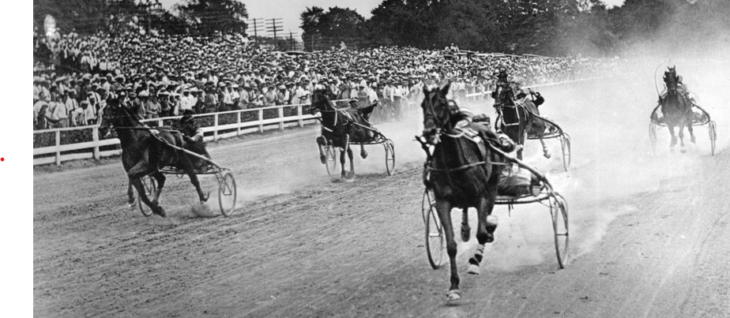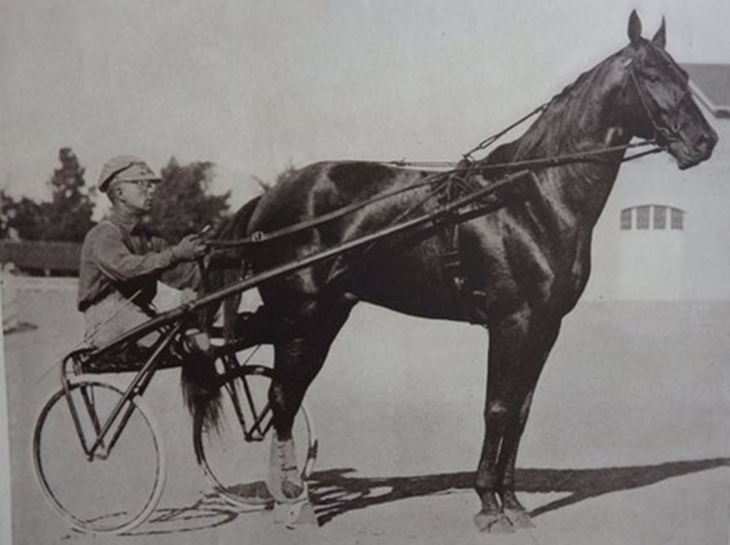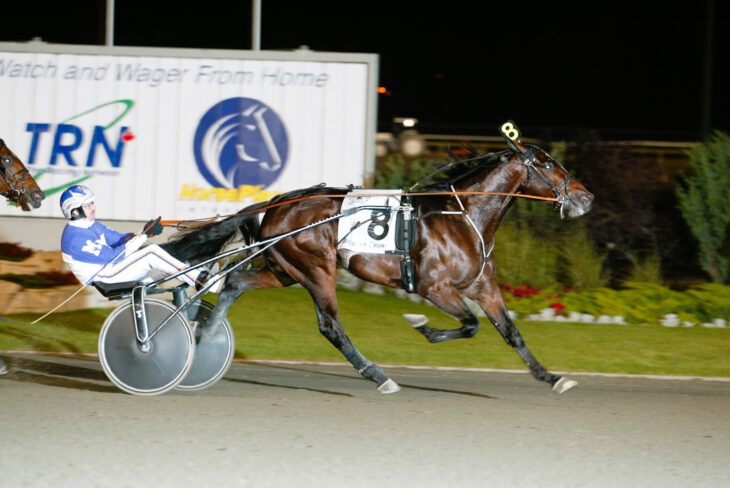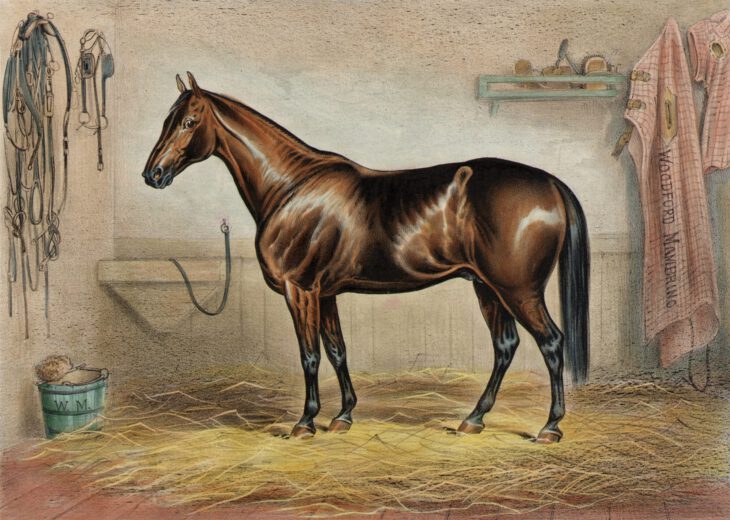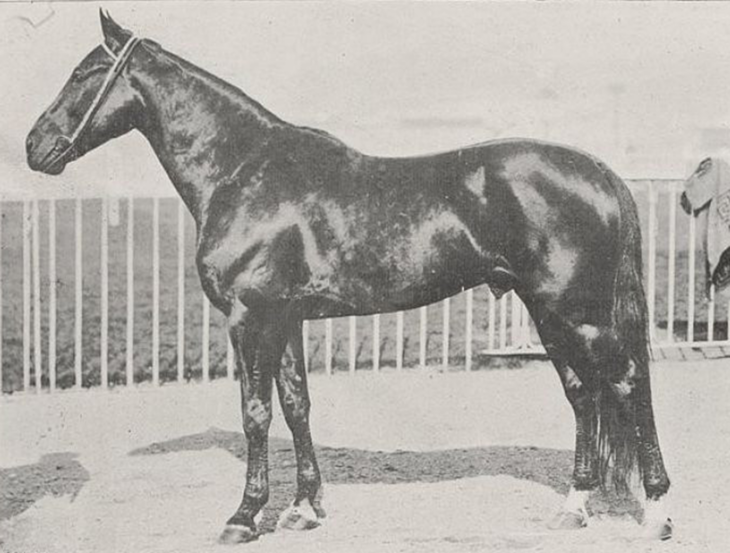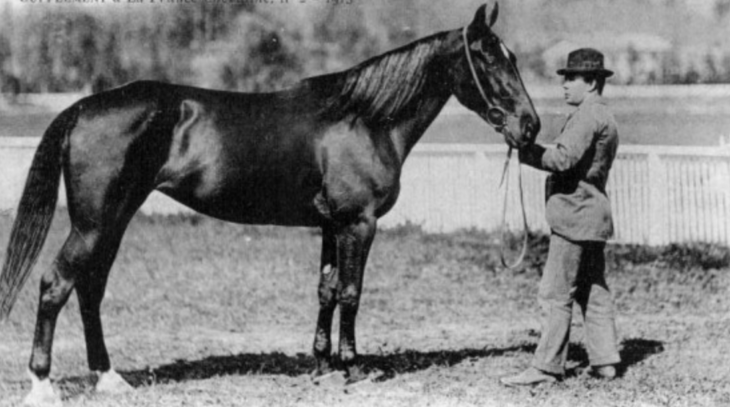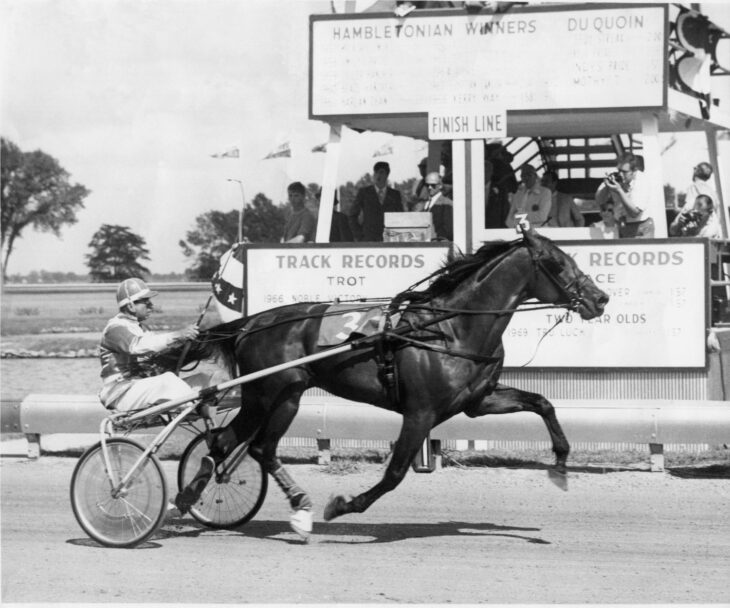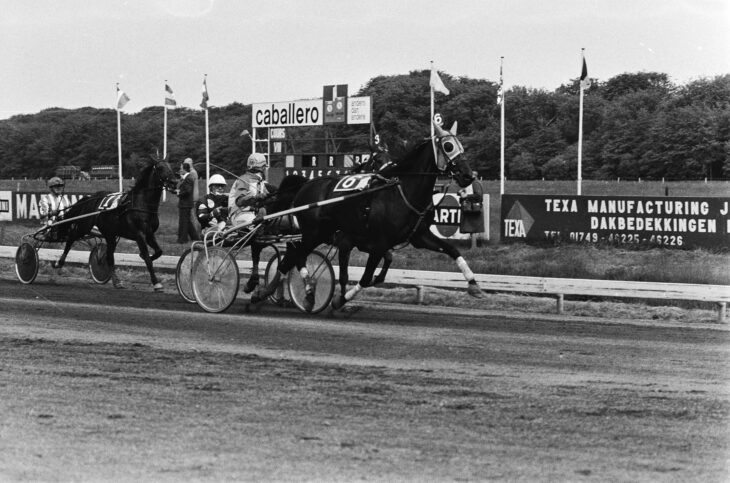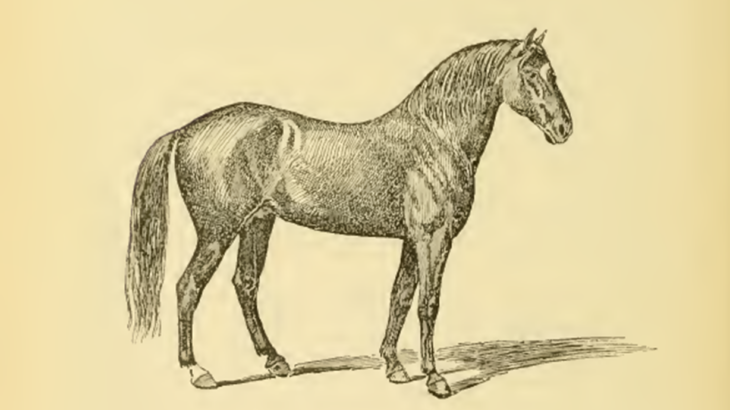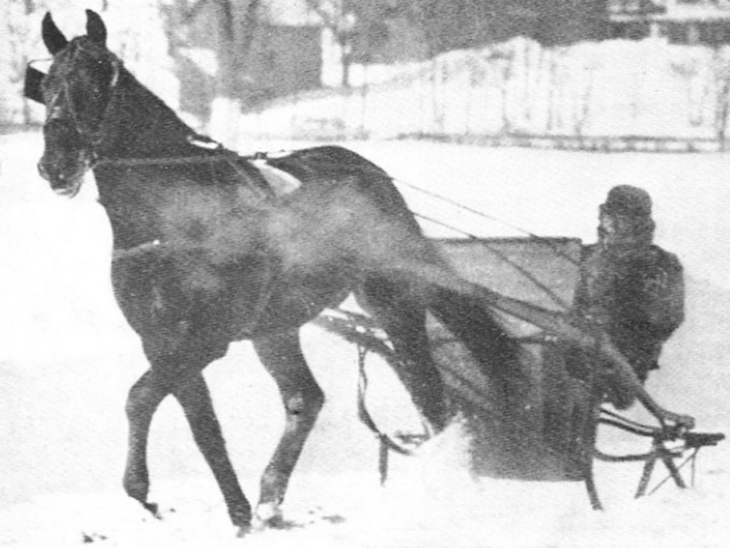The third filly to win the big race, The Marchioness was the first winner of a four-heat Hambletonian, the first winner with a female owner and the only one whose trainer and driver previously trained trotters for the Russian czar.
Read MoreUSA
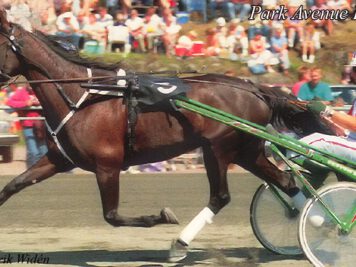
The queen’s terrible demise
She was a really good youngster in the US, winning the Hambletonian Oaks and Kentucky Futurity filly, and blossomed into one of...
Read More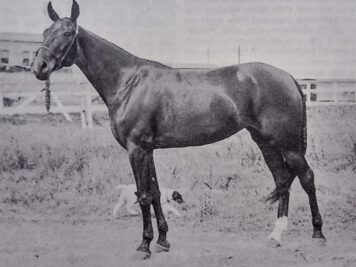
The game superstar who raced herself to death
She was on her way to possibly becoming one of the best trotters in history when tragedy struck. The tale of Sadie Mac is one a...
Read More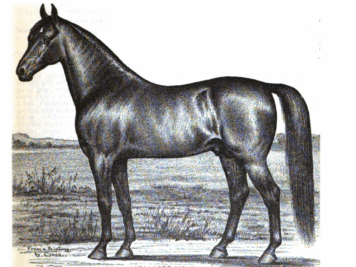
The great horse of San Mateo (and the Captain’s mare)
She was one of the most famous trotters around the time Hambletonian was born, but we don’t even know her name. In the mid...
Read More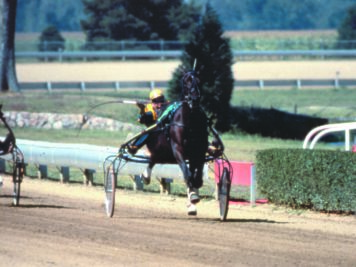
The terror
In the case of Nevele Pride, it is not only the horse that is legendary, but also his temperament. For every great race-related...
Read More
The last Yankee superstar
He was the last superstar trotter bred by Yankeeland Farms, the legendary Maryland-based farm that closed its doors in 2006...
Read More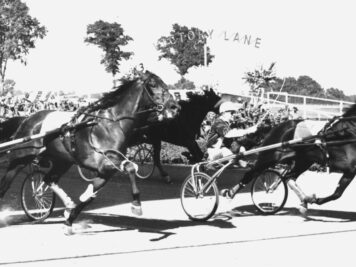
The juvenile delinquent
The third horse to win the trotting’s Triple Crown, Ayres, was always an great talent, but at 2 there were question marks...
Read MoreHe was a slight two-year-old who was sold off in the belief that he had no future. However, the 15 hands/152 cm trotter grew to be a spectacular animal with exceptional speed and strength and, most of all, extreme courage and gameness. “Little Lee” would indeed be the biggest, before he tragically died way too soon.
Read MoreNamed for a Pokemon character, the Illinois-bred trotter proved that you don’t need the most fashionable pedigree to beat the best. Kadabra was a spectacular trotter who set a world record at 4 before he retired to become an elite stallion.
Read MoreHe had a downright weird racing career, not competing regularly until he was 15. There he showed glimpses of brilliance despite an injury that just kept getting worse. Kept at stud for most of his life, but relatively unsupported by his famous owner, Woodford Mambrino was one of the more impressive stallions of the 19th century America.
Read MoreThe blue-blooded Kentuckian excelled in Europe, becoming the first horse to win an international race at Vincennes and later went on to be a stallion champion, siring the first European-bred 2:05 trotter and multiple Derby-winners.
Read MoreShe had six foals, all daughters, but died way too early at 12. Despite this, Mamie has left an exceptional legacy and is counted as one of the most important broodmares in trotting history.
Read MoreFrom humble beginnings, he became one of the best three-year-olds, then went on to dominate as an aged trotter. In was at stud he established himself as one of the true legends of trotting, though, but it was a stroke of luck that Speedy Crown wasn’t lost to American trotting after his two-year-old season.
Read MoreShe was bought as a bit of a gamble, and let her nerves get the better of her in her European debut. It wouldn’t take long for the mare to be the darling of hew new country, however. Dutch trotting fans adored Speedy Volita, the mare who won a massive 99 wins in her new homeland and became so popular she even got her own song.
Read MoreHe was discredited and a victim of manipulation of historical facts. As head of the family carrying his name, Henry Clay was the offer of malicious rumors, but did play a role in the development of both the American and French trotter.
Read MoreHe was talented but a contagious virus ruined his three-year-old season. Being sold to Europe got Bulwark’s career back on track but it was as a stallion he became truly legendary. Despite a relatively limited number of foals, the colt completely dominated the stallion ranks in his new home country.
Read More
